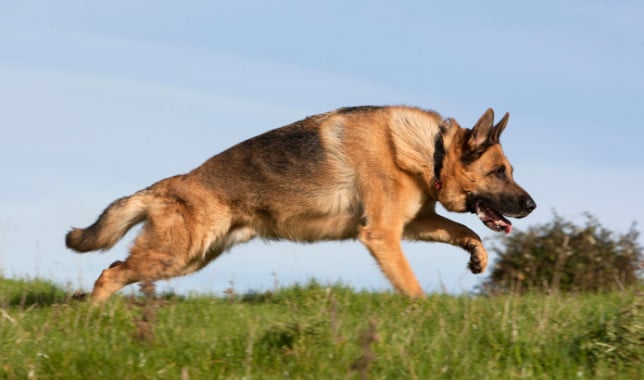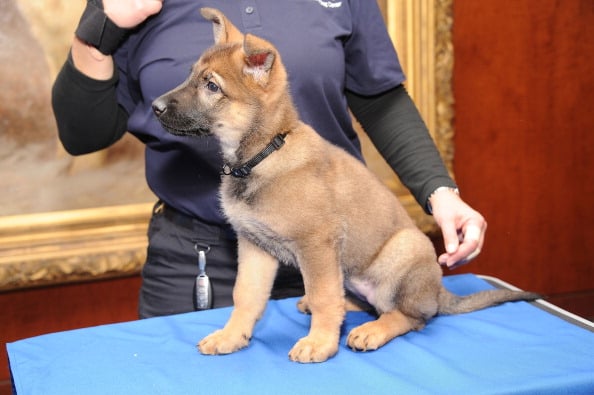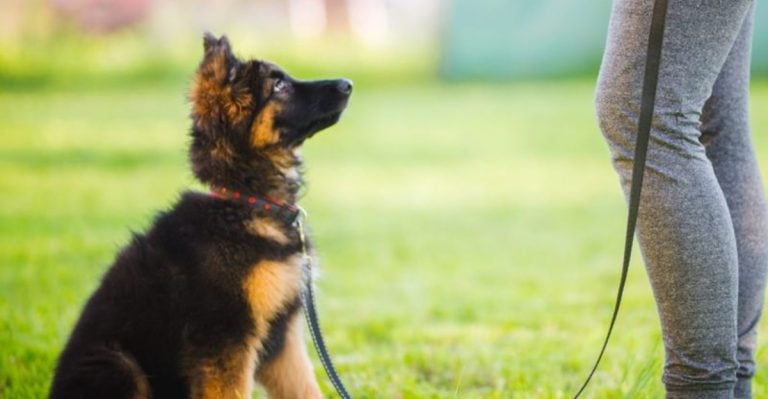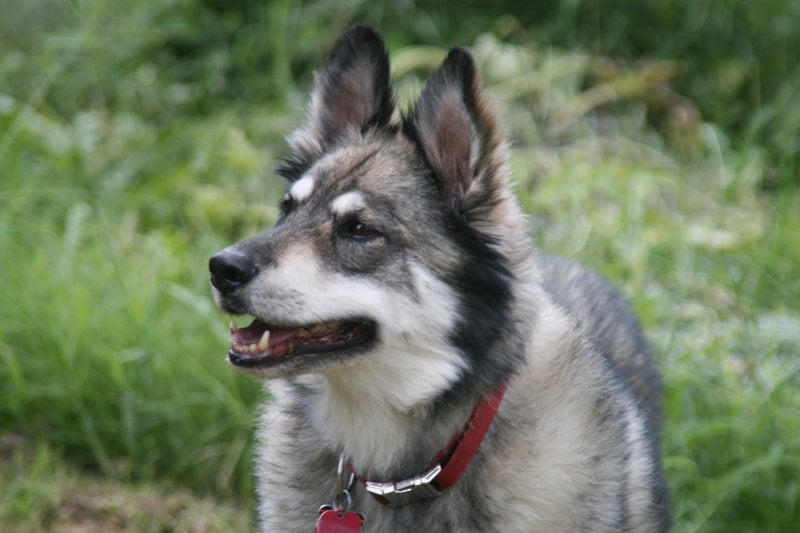Discover the Different Faces of German Shepherds — Which Style Steals Your Heart?
When you think of a German Shepherd, you probably picture a loyal, intelligent, and versatile dog — but did you know there isn’t just one “type” of German Shepherd? In fact, this iconic breed comes in several distinct varieties, each with its own unique look, temperament, and purpose.
Whether you want a steadfast working partner, an elegant show dog, or a family companion with a balanced personality, understanding these different lines can make all the difference in finding the perfect fit for your lifestyle.
German Shepherds were originally bred for herding and protection, but over decades and across continents, specialized breeding programs have created unique subtypes tailored to different needs. From the rugged, hardworking dogs favored by Cold War border guards to the striking and dramatic silhouettes dominating show rings today, each type carries traits shaped by history, environment, and function.
Some German Shepherds are bred for intense focus and stamina, excelling in police work and search and rescue, while others emphasize graceful movement and show-stopping presence. Their temperaments can range from driven and intense to calm and easygoing, and their physical builds vary from muscular and robust to sleek and refined.
In this guide, we’ll explore five prominent types of German Shepherds, uncovering what makes each line special and what to expect if you decide to bring one into your home. Whether you’re a first-time owner or a seasoned enthusiast, getting to know these variations will help you appreciate the incredible versatility of the breed — and ultimately, choose the German Shepherd that steals your heart.
1. Rugged and Resilient: East German (DDR) Working Line
Born from Cold War necessity, DDR German Shepherds were bred by East German border guards for extreme endurance and intelligence. Their distinctive dark coloration and robust, muscular build set them apart from other lines.
These dogs typically have larger heads, dense bone structure, and straight backs compared to their show line cousins. Their temperament combines intense focus with remarkable loyalty, making them exceptional working partners.
DDR Shepherds mature slowly, reaching their prime around 3 years of age. While less common today, enthusiasts prize these dogs for their unmatched work ethic, health longevity, and the powerful presence they command in any environment.
2. Balanced and Versatile: West German Working Line
Considered the gold standard for working ability, West German Working Line shepherds combine athleticism with an eagerness to please. Their coloration ranges from traditional black and tan to sable, with medium-heavy bone structure and balanced proportions.
Unlike some lines bred purely for appearance, these dogs maintain the versatility that made German Shepherds famous. They excel in police work, search and rescue, and competitive dog sports while still being capable family companions.
What truly distinguishes this line is their “off switch” – the ability to transition from intense work mode to calm household companion. Their drive is purposeful rather than nervous, making them adaptable to various living situations.
3. Intense and Driven: Czech Working Line
Forged behind the Iron Curtain, Czech line shepherds carry the legacy of Cold War border patrol breeding. These striking dogs often display dark sable or black coats that complement their wolf-like appearance and intense gaze.
Czech lines typically have higher prey drive and natural suspicion than other varieties. Their compact, agile bodies move with effortless precision, built for function rather than show ring beauty.
Many law enforcement agencies favor these dogs for their natural tracking abilities and unwavering focus. While not ideal for novice owners, these shepherds form unbreakable bonds with handlers who provide proper training and mental stimulation. Their sharp intelligence demands consistent challenges.
4. Elegant and Refined: European Show Line
European Show Lines showcase the shepherd’s regal side with their distinctive red-and-black coloration and flowing movement. Their sloping topline and pronounced angulation create the elegant silhouette that dominates European show rings.
Despite being bred primarily for appearance, responsible breeders maintain working capabilities in these dogs. They typically display moderate drive combined with stable temperaments, making them more manageable for family settings than some working lines.
These shepherds carry themselves with a dignified confidence that turns heads wherever they go. While sometimes criticized for exaggerated features, the best examples balance beauty with functionality, embodying the breed’s dual-purpose heritage as both working dog and companion.
5. Dramatic and Distinctive: American Show Line
American Show Lines represent the most dramatic departure from the original German Shepherd appearance. Their exaggerated rear angulation creates a distinctive silhouette instantly recognizable to dog enthusiasts. These shepherds typically have lighter bone structure and shorter coats than their European counterparts.
Colors range from traditional black and tan to the prized black and red. Their movement emphasizes the floating extended trot that wins in American show rings, though it differs significantly from the utilitarian gait of working lines.
These dogs generally have milder temperaments with moderate drive, making them suitable for families seeking the Shepherd look with a less intense personality. Their striking appearance continues to dominate American conformation shows despite ongoing debates about breed standards.











